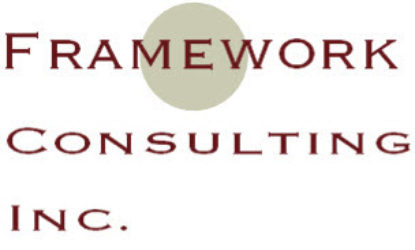With regards to employee engagement, what do you do if your executive team can‘t agree? Some see symptoms of deep disengagement, while others don’t. Suggestions for how to intervene go nowhere, stuff that used to work in the past no longer succeeds and other companies’ case studies seem not to apply.
As Tolstoy said in Anna Karenina: “Happy families are all alike; every unhappy family is unhappy in its own way.”
My experience supports the notion that each company experiencing disengaged, disempowered employees is different from its counterparts. Here’s a way to find a unique approach for your firm.
- A Custom Definition
Unfortunately, most people explain disengagement using soft, psychological objects such as “motivation,” “mindset” or “vibes”. While these constructs are better than nothing, they aren’t quantifiable by the average business.
Instead, it’s much easier to focus on behavior which passes the Video Tape Test. That is, it can be captured by a movie camera.
With this new definition, bring your executives together to agree that a core set of behaviors (such as arriving late or being absent) should be taken as components of disengagement. This helps separate agreed-upon-fact from interpretation.
However, even after this definition has been created for your company, pause to explore an extra question: “Has a critical mass of employees always been disengaged?”
- Custom Interventions
If you can find the precise moment when engagement fell, immediately search for broken promises. As I have shared in prior columns, they pollute your company’s culture, causing even new employees to become disengaged in a matter of weeks.
While this task may be painful to undertake, the only remedy is to take responsibility for all violations of trust. Owning them publicly on behalf of executive teams past and present is the best way to make amends.
But it’s just the beginning. Construct a cause-and-effect diagram to list all the possible causes of disengagement. Once they are enumerated, conduct tests to see which ones are at play.
Use anecdotal, non-quantifiable data if you must. While your analysis may not reach an academic standard, it will work for business purposes.
Based on these analytic results, custom-design interventions to change behavior. But don’t be surprised if most of them fail. That’s just your way of weeding out false causes in your hunt for the few that yield the best results.
Don‘t stop there. Now, look for ways to embed new habits and practices in employees’ lives at scale.
- Custom Communities
Back in the 1970’s, Tea Parties and Fashion Shows were accepted ways of building communities around specific interests. Today, these anachronisms are stale.
By the same token, there are new channels and technologies being used to connect staff today, but many companies see these changes as one-time shifts, rather than permanent trends.
For example, the technologies most of us use every day to message others (i.e. email, Facebook and Whatsapp) didn’t exist in 1995, 2005 and 2010 respectively. They have changed the way we join with each other at scale, allowing us to reach far more people than we ever imagined possible.
However, most companies struggle and never catch up. Why? First, there’s an age gap. Most executives are in their fifties and sixties while their employees are in their twenties. They only have a superficial experience of the latest technologies, because the communities to which they belong don’t use them.
As a result, they don’t know how to build the kind of communities required to engage employees. Their ignorance is costly.
A few years ago, I worked in Trinidad and noticed every professional using Whatsapp. When I returned to Jamaica two years later, our professionals had caught up.
During that time, my year-group at Wolmers started a Whatsapp group. Prior to its existence, there was little individual contact and no communal activity.
Momentum built quickly and today the Class of 82 group includes over 50% of our colleagues from around the world. More importantly, this month we had our first reunion and donated a million dollars to the school. In summary, a community which was recently formed is now making a tangible contribution where none was expected.
Without the appropriate channels none of this would have happened. Does the same apply to your company? Unfortunately, if you aren’t using technology to bring together employee communities in just the right way, it’s unlikely that your custom interventions will amount to much.
Furthermore, building communities in the modern age is a moving target. You must be prepared to keep adapting the latest tools, thereby empowering people to maintain behavior changes. It’s the only way to get ahead of a disengagement problem which isn’t likely to fade away. If you use the right approach, you may be able to stay ahead, applying fresh custom solutions that produce sustainable results.









